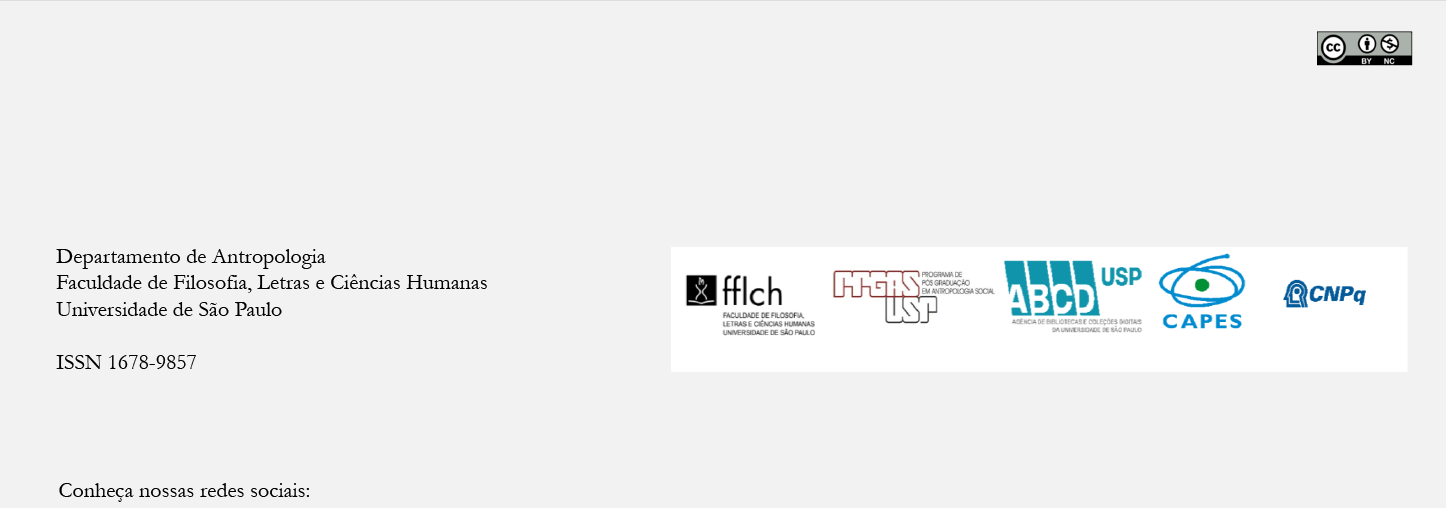Reflexões sobre (codi)nomes e etnicidade em São Paulo
DOI:
https://doi.org/10.1590/S0034-77012008000100010Keywords:
Diaspora, ethnicity, Nikkei, nation, stereotypes, names, codenames, falsenamesAbstract
The notion that 1,2 million Brazilians are"Japanese" has important implications for our understanding of nation, ethnicity and Diaspora. The majority of Nikkei see Brazil as their nation, but many non-Nikkei Brazilian presume that Japan is the Nikkei homeland. This article suggests that Nikkei militants during the period of the dictatorship (1964-1984) resented the diasporic representations constructed by majority society and rejected the idea that they were simply"Japanese." These same people, however, see themselves as different from normative Brazilians, and their stereotypes of "Brazil" and"Brazilians" as others was as prevalent as the stereotypes of non-Nikkei about"Japan" and"Japanese".Downloads
Download data is not yet available.
Downloads
Published
2008-01-01
Issue
Section
Articles
License
Authors who intend to publish in this journal must agree with the following terms:
- a) Authors retain copyright and grant the journal the right of first publication. The work is simultaneously licensed under the Creative Commons Attribution License, which allows the work to be shared as long as the author and the initial publication in this journal are appropriately credited.
- b) Authors are authorized to sign additional contracts for non-exclusive distribution of the version of the work published in this journal (e.g., to publish it as a book chapter), as long as the author and the initial publication in this journal are appropriately credited.
- c) Authors are allowed and encouraged to publish and distribute their work online (e.g. on their personal webpage) after the editorial process, for this can generate productive changes as well as increase the impact and citation of the work. See The Effect of Open Access Publications.
How to Cite
Lesser, J. (2008). Reflexões sobre (codi)nomes e etnicidade em São Paulo . Revista De Antropologia, 51(1), 267-281. https://doi.org/10.1590/S0034-77012008000100010



